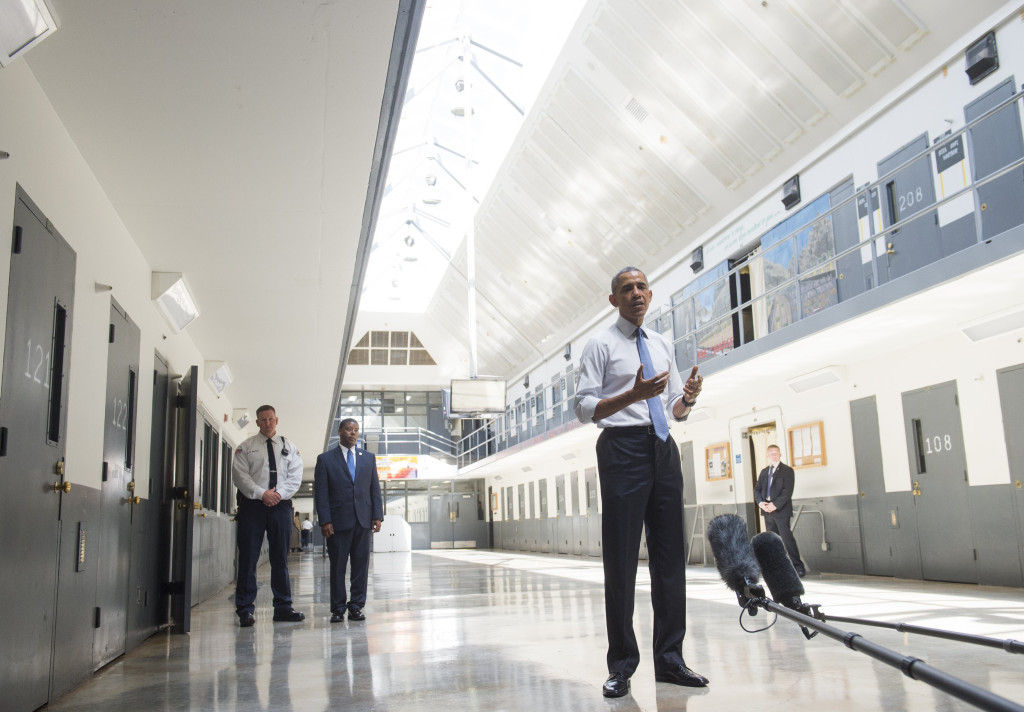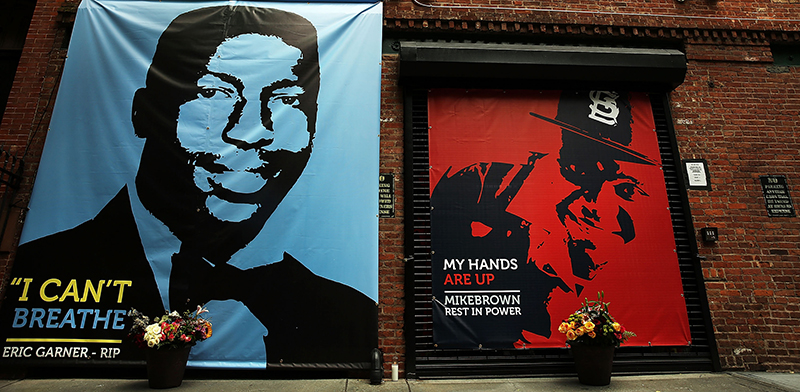In the Afterword to her book The Dark Side: The Inside Story of How the War on Terror Turned into a War on American Ideals, Jane Mayer states:
“The number of patriotic critics inside the administration and out who threw themselves into trying to head off what they saw as a terrible departure from America’s ideals, often at an enormous price to their own careers, is both humbling and reassuring.”
One such person is Jack Goldsmith, a Bush appointee who became chief of the Justice Department’s Office of Legal Counsel in 2003. That position had previously been held by Jay Bybee, who had worked with White House lawyer John Yoo to produce the infamous “torture memos”. The memos redefined the meaning of the word “torture” to exclude techniques that cause pain and suffering short of organ failure or death, and they asserted that the President has the authority to order torture in the name of national security. Goldsmith condemned these memos as deeply flawed and sloppily reasoned. Acting very much against precedent within the Office of Legal Counsel and against strong opposition from the White House, Goldsmith revoked the torture memos before resigning in 2004.
Following the resignation of Goldsmith, the Office of Professional Responsibility, an internal ethics and oversight group within the Justice Department, undertook an investigation into the revoked torture memos and other legal documents pertaining to interrogation in the war on terror. The purpose was to investigate whether the quality of the legal arguments expressed in the memos was up to the standards expected of Justice Department attorneys. A draft of the report, which was sharply critical of the memos, was completed in the final weeks of the Bush Administration.
The report was not welcomed by the Bush Administration. Bush officials refused to turn it over to the incoming administration during the presidential transition. Attorney General Eric Holder still has not seen the report. The Office of Professional Responsibility wants to include the responses of people named in the report before releasing it to Holder. However, those responses have proved difficult to obtain.
If endorsed by Holder, the report could be forwarded to state bar associations for possible disciplinary action.
Members of Congress are beginning to suspect that release of the report may have stalled under pressure from former Justice Department officials. Senate Majority Whip Richard J. Durbin of of Illinois and Senator Sheldon Whitehouse of Rhode Island are demanding an update from the Justice Department.
The torture memos won’t go away. We already know a lot about them. And we know that an investigation has already taken place. It’s time to get this out in the open. This report should not only be released to Congress and the Attorney General. It should be released, insofar as is reasonably possible, to the public. We need to fully appreciate the extent to which our country lost its way before we can get back on the right path.


